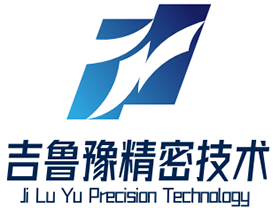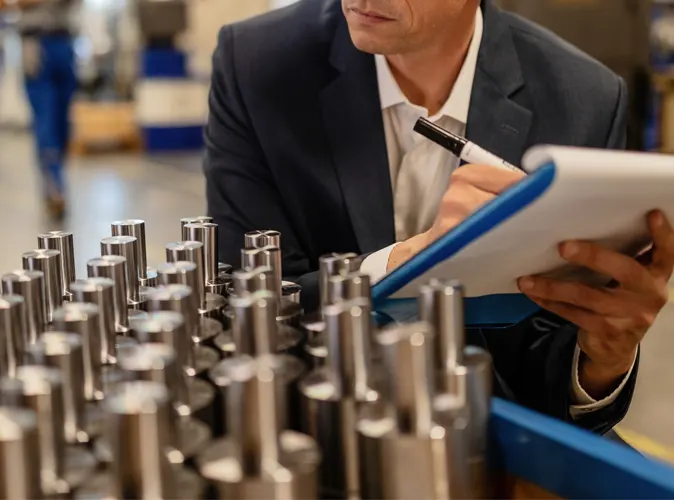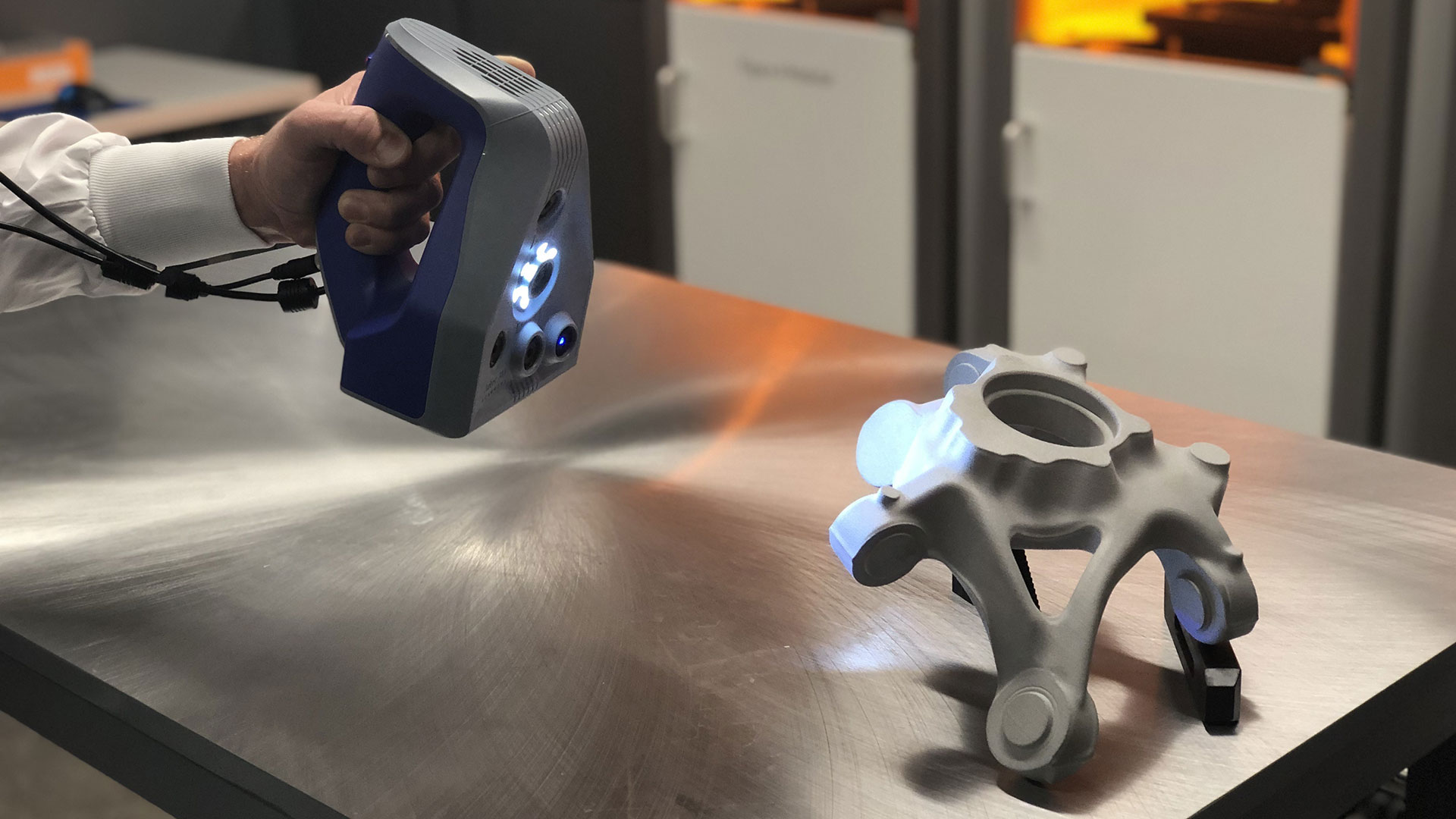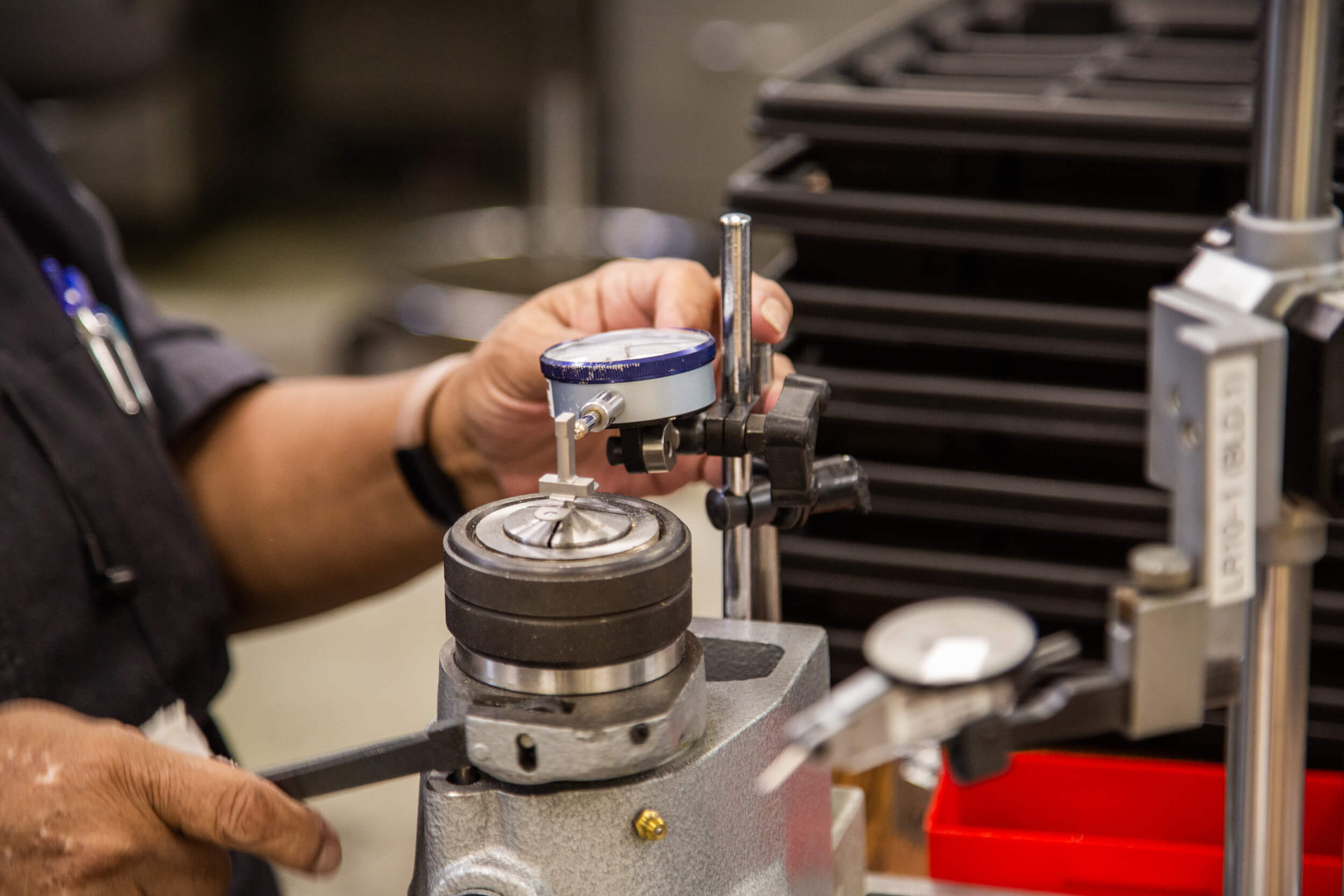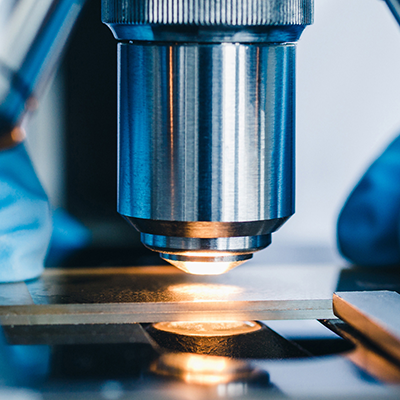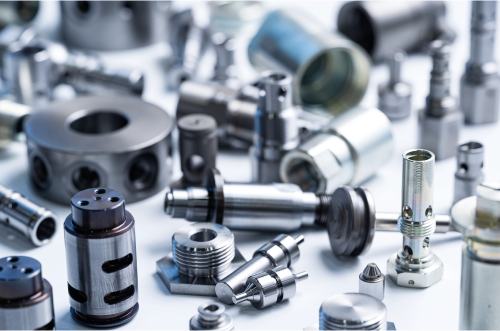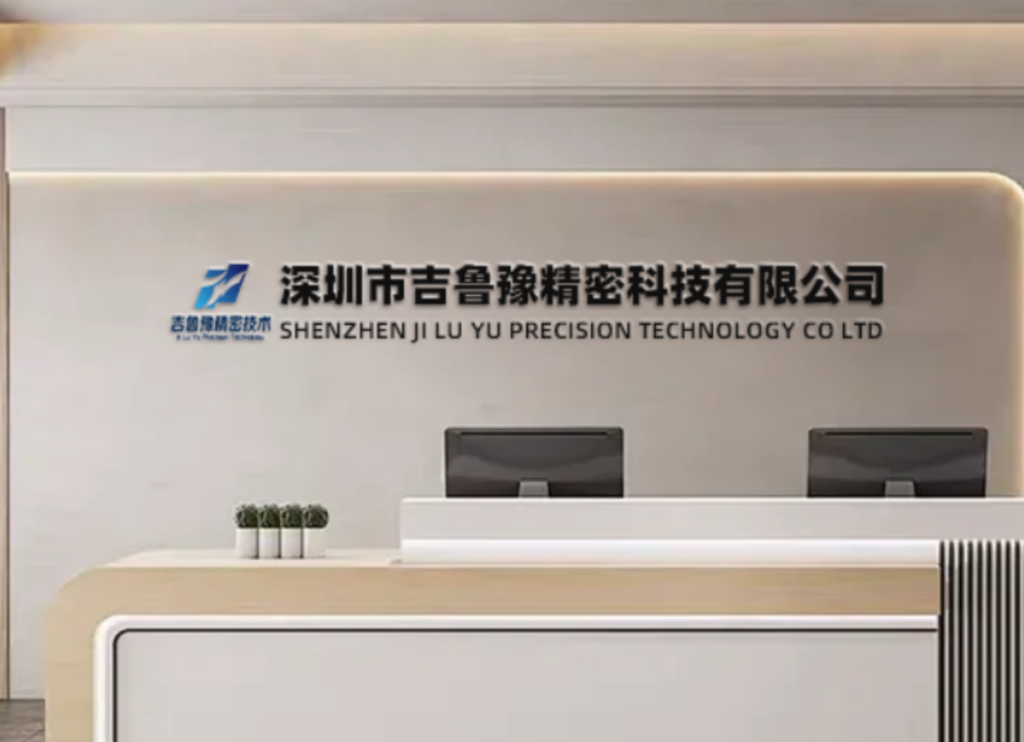Streamline Your Production with Professional Assembly and Kitting Services
In modern manufacturing, precision machining is only part of the equation. True efficiency emerges when perfect parts seamlessly come together in optimized assemblies.
Assembly and kitting services manufacturing represents the crucial link between component production and final product delivery in the CNC machining industry. As specialized providers of CNC machining services, we understand that the value of precision-machined components is fully realized only when they’re efficiently assembled into functional products. This integrated approach to manufacturing has become increasingly essential in today’s competitive landscape, where supply chain optimization and production efficiency directly impact profitability and market responsiveness.
The concept of kitting—preparing and organizing all necessary components for specific assemblies—has evolved from a simple organizational technique to a sophisticated manufacturing strategy. When properly implemented, kitting services transform chaotic assembly lines into streamlined production systems, reducing errors, minimizing handling time, and accelerating throughput across industries from aerospace to medical devices.
The Strategic Value of Integrated Assembly and Kitting Services
In traditional manufacturing models, component production and assembly operations often function as separate entities with distinct processes, priorities, and performance metrics. This fragmented approach creates inherent inefficiencies:
-
Increased Handling: Components move through multiple locations and handlers before final assembly
-
Inventory Complexity: Managing individual components requires more complex tracking and storage systems
-
Quality Challenges: Disconnected processes make traceability and accountability more difficult
-
Coordination Overhead: Communication gaps between machining and assembly teams create bottlenecks
Integrated assembly and kitting services address these challenges by creating a unified manufacturing continuum where components flow seamlessly from machining centers to organized assembly stations.
The Kitting Revolution in Manufacturing
Kitting services represent a fundamental reimagining of how components reach assembly points. Rather than delivering individual parts in separate containers to assembly stations, kitting involves:
-
Component Grouping: All parts required for a specific assembly are grouped together
-
Organization: Components are arranged logically to facilitate efficient assembly sequences
-
Verification: Kit completeness is verified before reaching the assembly station
-
Presentation: Components are presented to minimize handling and selection errors
Research demonstrates that implementing kitting systems in assembly lines can significantly reduce non-value-added time. Studies in automotive manufacturing have shown that kitting approaches help reduce retrieval time and assembly errors while improving overall workflow organization .
Technical Implementation: CNC Machining to Assembly Integration
Successfully integrating assembly and kitting services with CNC machining operations requires careful planning and specific technical approaches.
Design for Assembly (DFA) Optimization
The integration begins at the design phase with Design for Assembly principles:
-
Component Consolidation: Identifying opportunities to combine multiple parts into single CNC-machined components
-
Fastener Minimization: Designing features that snap together or use integral fasteners rather than separate hardware
-
Alignment Features: Incorporating self-locating elements like pins, slots, and tapered edges
-
Accessibility: Ensuring all joining surfaces and fastening points are easily accessible
Kitting System Design Considerations
Effective kitting system design accounts for multiple factors:
-
Component Characteristics: Size, weight, fragility, and handling requirements
-
Assembly Sequence: Kit organization that mirrors the optimal assembly order
-
Volume Requirements: Kitting approaches scaled to production volumes
-
Customization Needs: Flexibility for product variants and custom configurations
The table below outlines primary kitting approaches and their ideal applications in CNC machining environments:
Table 1: Kitting Strategies for CNC Machined Components
| Kitting Type | Description | Best For | CNC Machining Considerations |
|---|---|---|---|
| Station-Based Kitting | Kits prepared at dedicated stations before delivery to assembly lines | High-volume production with limited product variants | Optimized for consistent component geometries with minimal setup changes |
| Line-Side Kitting | Kits assembled at point-of-use with components delivered in sequence | Mixed-model production environments | Requires flexible CNC programming to accommodate component mix |
| Modular Kitting | Subassemblies kitted with related components for complex products | Large assemblies with logical subassembly divisions | Coordinates machining schedules for timely subassembly availability |
| Just-In-Time Kitting | Kits prepared immediately before assembly based on pull signals | Low-volume, high-variability production | CNC machines must respond quickly to changing component requirements |
| Custom Configuration Kitting | Kits tailored to specific customer configurations | Make-to-order products with extensive options | CNC programming templates for option-specific components |
Quality Assurance in Assembly and Kitting Operations
Maintaining quality standards throughout assembly and kitting processes is essential for delivering reliable products.
In-Process Verification Systems
Integrated quality control in assembly and kitting includes:
-
Kit Completeness Verification: Automated scanning to verify all components are present before assembly
-
First Article Assembly: Initial assembly verification for new products or engineering changes
-
Dimensional Verification: Critical interface checking using coordinate measuring machines (CMM) and other metrology equipment
-
Torque and Tension Monitoring: Digital tool verification for fastened assemblies
Traceability and Documentation
Comprehensive traceability systems track:
-
Component Origins: Linking assembled products to specific CNC production batches
-
Assembly Personnel: Recording team members responsible for each assembly
-
Quality Metrics: Documenting verification results at each assembly stage
-
Test Results: Capturing performance data for functional testing
Advanced Kitting Applications for CNC Machined Components
The flexibility of modern kitting systems supports various manufacturing models across industries.
High-Mix, Low-Volume Kitting
For manufacturers serving specialized markets with diverse product portfolios:
-
Flexible Kit Configurations: Reconfigurable kitting systems that accommodate frequent product changes
-
Universal Containers: Adjustable dividers and modular containers that adapt to different components
-
Digital Work Instructions: Tablet-based guides that update automatically with kit configurations
-
Dynamic Replenishment: Automated signaling when component inventories approach reorder points
High-Volume, Low-Mix Kitting
For manufacturers with stable product designs and high production volumes:
-
Dedicated Kitting Lines: Optimized specifically for efficient kit preparation
-
Custom Fixturing: Containers and presentation systems designed for specific components
-
Automated Kitting: Robotic systems for high-speed kit preparation
-
Continuous Flow: Kitting synchronized with assembly line pace
Real-World Case Studies: Assembly and Kitting Delivering Results
Case Study 1: Aerospace Component Assembly Optimization
A manufacturer of aerospace hydraulic systems struggled with assembly delays affecting delivery schedules for complex manifold assemblies.
Challenge: Reduce assembly time for complex hydraulic manifolds containing 45 unique CNC-machined components while maintaining strict aerospace quality standards and traceability requirements.
Solution: Implemented a structured kitting system with integrated quality verification:
-
Component Sequencing: Kits arranged in exact assembly sequence with custom foam inserts
-
Digital Verification: Barcode scanning at kit preparation and assembly stations
-
Subassembly Kitting: Logical grouping of related components into subsystem kits
-
Visual Controls: Color-coded containers indicating assembly priority and status
Results:
-
42% reduction in assembly time through eliminated component searching
-
67% decrease in assembly errors due to improved organization and verification
-
29% improvement in floor space utilization through eliminated line-side storage
-
100% traceability achieved through digital tracking from CNC machining to final assembly
Case Study 2: Medical Device Manufacturing Compliance
A surgical instrument company faced challenges managing component variants for their modular product line while maintaining medical device regulatory compliance.
Challenge: Manage 12 product configurations with shared components while ensuring exact configuration assembly and comprehensive device history records.
Solution: Developed a configurable kitting system with integrated compliance tracking:
-
Configuration-Specific Kitting: Digital work orders driving kit composition based on customer specifications
-
Lot Control Integration: Component lot numbers automatically captured in kit records
-
Cleanroom-Compatible Packaging: Sterile barrier maintenance throughout kitting and assembly
-
Automated Documentation: Device history records generated automatically from kitting and assembly data
Results:
-
88% reduction in configuration errors through precise kitting control
-
53% faster device history record compilation for regulatory submissions
-
31% reduction in component inventory through shared component optimization
-
Zero audit findings related to traceability during FDA inspection
Case Study 3: Industrial Equipment Customization
A manufacturer of industrial automation equipment needed to efficiently handle custom configurations while maintaining quick delivery promises.
Challenge: Support 200+ configuration options without increasing assembly time or compromising quality for custom automation systems.
Solution: Implemented a modular kitting approach with option-specific subkits:
-
Platform Strategy: Standard base components kitted consistently across all configurations
-
Option Subkits: Customer-specific components packaged as separate add-on kits
-
Digital Twin Integration: CAD models confirming kit completeness against customer orders
-
Assembly Verification: Configuration-specific checklists ensuring all options properly installed
Results:
-
59% reduction in engineering change implementation time through modular kitting
-
47% improvement in on-time delivery for custom configurations
-
73% decrease in missing component incidents for special options
-
38% reduction in assembly training time due to standardized processes
Implementing Assembly and Kitting Services: Strategic Considerations
Successful implementation of integrated assembly and kitting services requires careful planning and strategic decision-making.
Technology Infrastructure
Supporting technologies for effective assembly and kitting systems:
-
Manufacturing Execution System (MES): Digital tracking of components through machining, kitting, and assembly
-
Barcode/RFID Tracking: Automated identification throughout the manufacturing process
-
Digital Work Instructions: Dynamic guidance that adapts to product configurations
-
ERP Integration: Synchronization between customer orders, component requirements, and kitting operations
Facility Planning
Physical considerations for assembly and kitting implementation:
-
Flow Optimization: Logical movement from machining through kitting to assembly
-
Space Allocation: Appropriate areas for kitting preparation with necessary equipment
-
Material Handling: Efficient component delivery to kitting stations
-
Ergonomics: Workstation design that minimizes fatigue and injury risk
The Business Case for Integrated Assembly and Kitting
Beyond operational improvements, integrated assembly and kitting services deliver compelling business benefits.
Cost Reduction Opportunities
-
Reduced Labor Costs: Minimized non-value-added time in assembly operations
-
Lower Inventory Costs: Smaller buffer stocks through precise component coordination
-
Decreased Quality Costs: Fewer errors and rework through improved processes
-
Reduced Space Requirements: More efficient use of manufacturing floor space
Competitive Advantages
-
Faster Time-to-Market: Accelerated transition from CNC machining to delivered products
-
Enhanced Flexibility: Quicker response to engineering changes and custom requests
-
Improved Scalability: More linear cost structure as production volumes change
-
Stronger Customer Relationships: Reliable delivery and consistent quality
The Future of Assembly and Kitting in CNC Manufacturing
Emerging trends continue to shape the evolution of assembly and kitting services.
Industry 4.0 Integration
-
IoT-Enabled Containers: Smart kits that track their own status and location
-
Predictive Analytics: Anticipating kitting needs based on production schedules and historical patterns
-
Augmented Reality: Enhanced assembly guidance through AR interfaces
-
Digital Thread: Seamless data flow from design through machining, kitting, assembly, and field service
Sustainability Considerations
-
Reusable Packaging: Durable kit containers that eliminate single-use packaging waste
-
Material Optimization: Right-sized packaging that minimizes material usage
-
Energy Efficiency: Process designs that reduce energy consumption in material handling
-
Waste Reduction: Precise component quantities that eliminate overproduction and scrap
Conclusion
Assembly and kitting services manufacturing represents the natural evolution of comprehensive CNC machining partnerships. By integrating these downstream services with precision machining capabilities, manufacturers can unlock significant value throughout their production processes. The synergistic relationship between precision CNC machining and optimized assembly operations creates manufacturing systems that are not only more efficient but also more responsive, adaptable, and reliable.
The implementation of structured kitting services transforms assembly operations from chaotic part-collection activities into streamlined, error-resistant processes. When combined with the precision and repeatability of modern CNC machining, the result is a manufacturing partnership that delivers beyond component production to complete product realization.
For organizations seeking to maximize their manufacturing efficiency, our integrated CNC machining services with assembly and kitting capabilities provide a complete solution from raw material to finished product. Contact our engineering team to discover how our comprehensive approach can optimize your next manufacturing project.
